Diasulin 50/50 100iu
415.00৳ Vial(10ml)
- Diasulin Injection is indicated for type 1 and type 2 diabetes, diabetic ketoacidosis, hyperosmolar non-ketotic syndrome, and gestational diabetes.
- It contains Human Insulin (rDNA) USP in 30/70 or 50/50 formulations of Regular and Isophane Insulin.
- Administered subcutaneously, it provides a glucose-lowering effect with an onset of 30 minutes and a duration of up to 24 hours.
- Proper dosage, storage, and handling are essential to ensure efficacy and avoid complications like hypoglycemia.
 Brand
Brand
|
ACI Limited |
|---|---|
 Generics
Generics
|
Regular Insulin Human + Isophane Insulin Human |
 Type
Type
|
SC Injection |
Indications
Diasulin Injection is prescribed for:
- Managing type 1 diabetes in all patients.
- Treating type 2 diabetes when diet and/or oral hypoglycemic agents fail to provide adequate control.
- Stabilizing diabetes in cases such as diabetic ketoacidosis, hyperosmolar non-ketotic syndrome, or during stressful conditions like severe infections or major surgeries in diabetic patients.
- Controlling gestational diabetes.
Always follow the advice of a registered physician when using this medication.
Composition
30/70: Each ml of suspension contains 100 IU of Human Insulin (rDNA) USP, equivalent to 3.47 mg, formulated as 30% Regular Insulin Human and 70% Isophane Insulin Human.
50/50: Each ml of suspension contains 100 IU of Human Insulin (rDNA) USP, equivalent to 3.47 mg, formulated as 50% Regular Insulin Human and 50% Isophane Insulin Human.
Pharmacology
The glucose-lowering action of insulin is due to its ability to facilitate glucose uptake in muscle and fat cells while suppressing glucose output from the liver. Insulin’s half-life in the bloodstream is just a few minutes, with minimal plasma protein binding.
Typical action profile after subcutaneous injection:
- Onset of action: Within 30 minutes.
- Peak effect: Achieved in 1-3 hours.
- Duration: Approximately 18-24 hours.
Dosage
The dosage is individualized and determined by the physician based on the patient’s needs.
- Type 1 Diabetes: Total daily insulin requirements typically range from 0.5 to 1.0 IU/kg. Pre-pubertal children may need 0.7 to 1.0 IU/kg.
- Type 2 Diabetes (Initial Dose): Generally lower, ranging from 0.3 to 0.6 IU/kg/day.
- Special Considerations: Insulin needs may increase in cases of insulin resistance (e.g., puberty or obesity) and decrease during partial remission.
Insulin injections should be followed by a carbohydrate-containing meal or snack within 30 minutes.
Administration
- Typically injected subcutaneously into the abdominal wall for faster absorption. Alternate sites include the thigh, gluteal region, or deltoid.
- Rotate injection sites within the same anatomical region to prevent lipodystrophy.
Dosage Adjustments
- Insulin needs may rise during illnesses, infections, or fever.
- Patients with renal or hepatic impairments may require lower doses.
- Physical activity and dietary changes may also necessitate dosage adjustments.
- Switching insulin types or brands should be supervised by a doctor.
Usage Instructions
Before Using:
- Confirm you have the correct insulin type.
- Inspect the cartridge and rubber plunger for damage.
- Disinfect the rubber membrane before use.
Mixing:
- Gently move the cartridge up and down to mix the insulin until it appears uniformly white and cloudy.
- Repeat this process before each injection.
Injecting:
- Administer insulin under the skin using the method described in the delivery system manual.
- Keep the needle under the skin for at least 6 seconds to ensure full dose delivery.
- Remove the needle immediately after injection to prevent leakage.
Interactions
Certain substances may influence insulin requirements:
- Decrease insulin needs: Oral hypoglycemic agents, MAO inhibitors, beta-blockers, ACE inhibitors, salicylates, and alcohol.
- Increase insulin needs: Thiazides, glucocorticoids, thyroid hormones, beta-sympathomimetics, growth hormones, and danazol.
Beta-blockers may mask hypoglycemia symptoms and delay recovery. Alcohol can prolong the hypoglycemic effect.
Contraindications
- Not suitable for patients with hypoglycemia or known hypersensitivity to insulin or its components.
Side Effects
- Common: Hypoglycemia, lipodystrophy at injection sites.
- Rare but serious: Generalized hypersensitivity reactions, including skin rash, angioneurotic edema, and respiratory issues.
- Transient effects: Edema during the initiation of insulin therapy.
Pregnancy & Lactation
- Insulin therapy is safe during pregnancy as it does not cross the placental barrier.
- Insulin requirements may fluctuate during different trimesters and normalize postpartum.
- Breastfeeding mothers can safely continue insulin therapy.
Precautions & Warnings
- Inadequate insulin dosage may lead to hyperglycemia or diabetic ketoacidosis, which can be life-threatening.
- Transitioning between insulin types requires medical supervision.
- Inspect insulin for clumps or frost-like particles and avoid using if these are present.
Overdose Effects
- Mild hypoglycemia can be managed with glucose or sugary foods.
- Severe cases may require Glucagon injection or IV glucose administration by medical professionals.
Storage Conditions
- Store between 2°C and 8°C (refrigerated).
- Do not freeze insulin.
- Protect from light, heat, and sunlight.
- Once opened, keep the cartridge at room temperature and use within 6 weeks if stored below 25°C, or within 4 weeks if stored below 30°C.


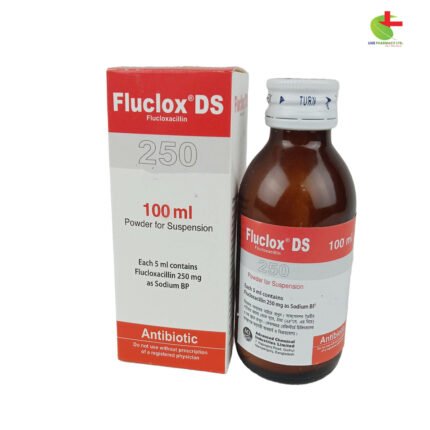
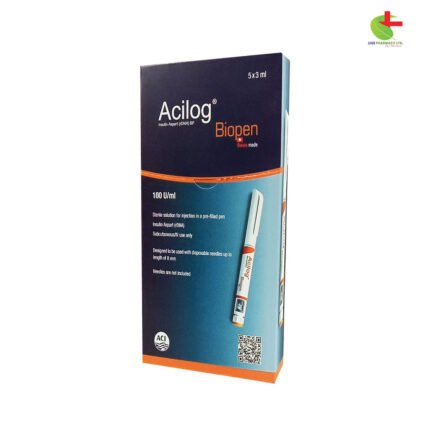

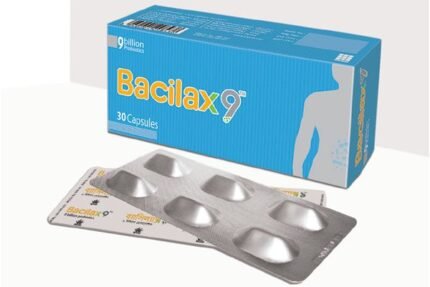
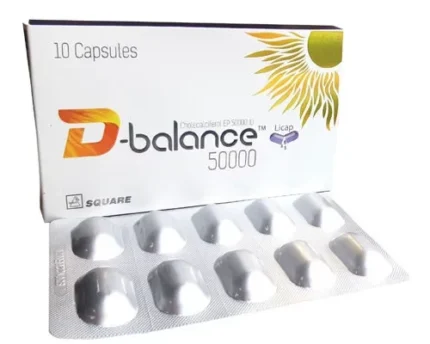
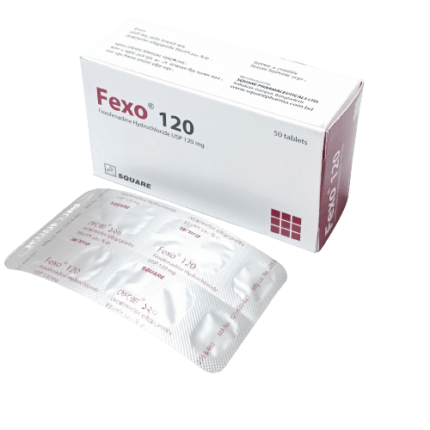
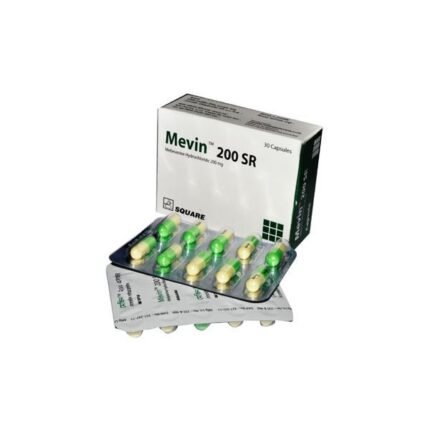
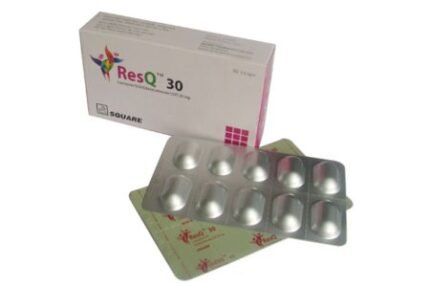
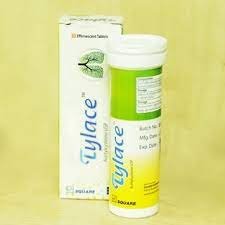
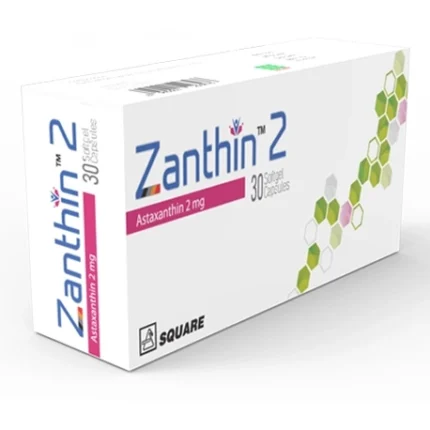
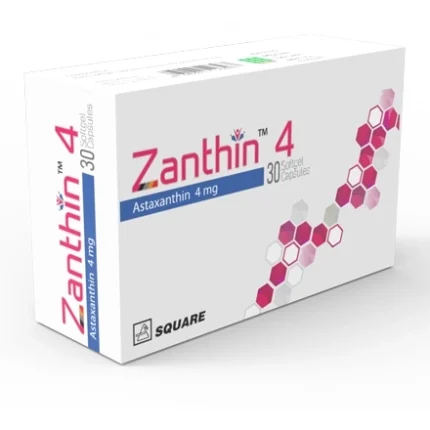
Reviews
There are no reviews yet.